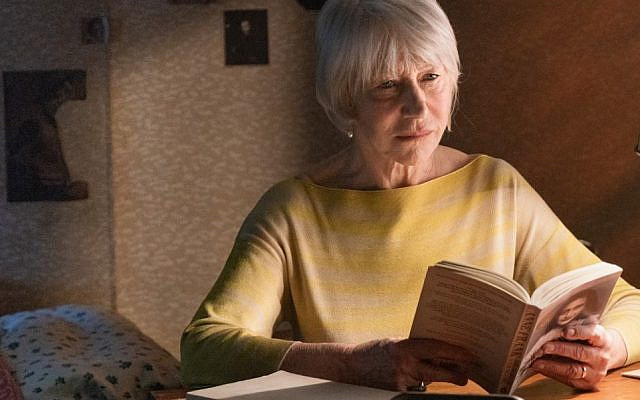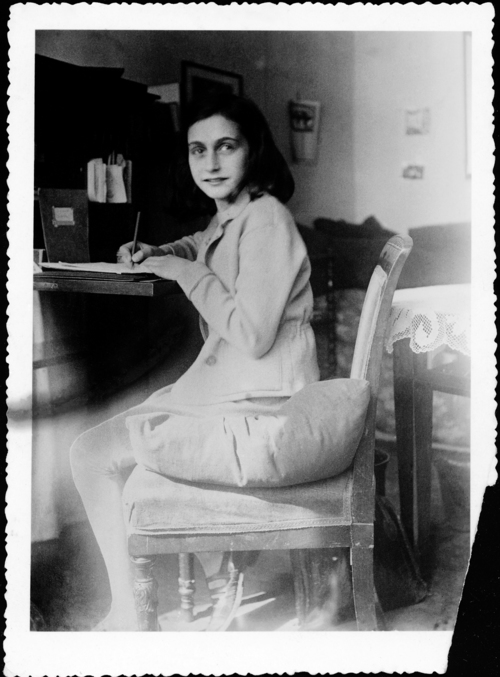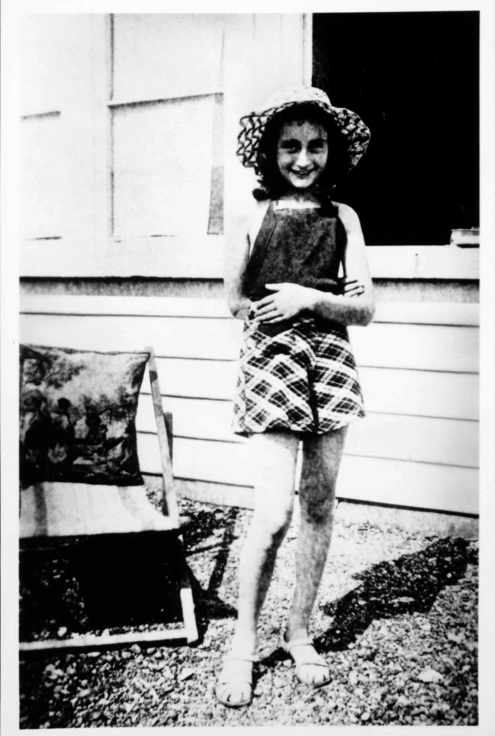Imagine if Anne Frank was alive today
Anne Frank hid from the Nazis for two years before being sent to concentration camps where she died in 1945. A new documentary adds a twist to the famous story.

THE Diary of Anne Frank, first published by her father Otto in 1947, is one of the best-known books in the world, while the secret annexe in Amsterdam where Anne, her parents, sister and four friends hid from the Nazis for two years is now a museum and one of Holland’s most visited tourist attractions.
Over the years there have been books, exhibitions, films and even stage productions centred around Anne Frank’s diary, which she started writing soon after her 13th birthday in June 12, 1942.
Anne wrote her thoughts and dreams in her diary, which was discovered by one of Otto’s friends, Miep Gies, soon after Anne was arrested and deported by the Nazis in August 1994. Gies kept it in the hope that one day she would be able to return it to Anne.

After the war, when Gies learnt that Anne had died of typhus aged 15 in Bergen-Belsen camp in Germany, she gave the notebooks to Anne’s father, Otto, the only surviving member of the family, who decided to have them published.
Next week a new 90-minute film, Anne Frank: Parallel Lives, premieres in Australian cinemas to relive the memory of the girl through the pages of her diary, while intertwining her story with that of Holocaust survivors who were also sent to concentration camps at a young age and are still alive (If Anne had survived she would now be 90).
Oscar-winning actress Helen Mirren is the narrator, adding a powerful presence as she takes viewers through the confines of Anne Frank House in Amsterdam and reads extracts from The Diary of Anne Frank.
Mirren won an Oscar for The Queen in 2006 and is well-known for starring roles in films such as Hitchcock, Calendar Girls, Red and the thriller The Debt, in which she played the role of a Mossad agent.
Budding Italian actress Martina Gatti has a linking role as a teenager exploring the life of Anne Frank, travelling through Europe and conveying her thoughts through her Instagram posts as she visits Holocaust memorials in cities including Paris and Milan, the sites of the Auschwitz and Bergen-Belsen concentration camps and the Westerbork Transit Camp in Holland.
Sabina Fedeli and Anna Migotto, the Italian filmmakers behind Anne Frank: Parallel Lives, decided to pose the question: What would Anne Frank’s life have been like had she survived World War II and was able to speak about her experiences?

before the outbreak of war.
To answer this, they drew on the experiences of survivors who were sent to camps at similar ages to Anne.
We meet Helga Weiss, who was born in 1929 – the same year as Anne – and lived in Prague until, aged 12, she was deported to the Terezin camp with her entire family. This was followed by Auschwitz, Freiburg and Mauthausen. Since she was a child Helga has kept a diary composed mainly of drawings that was hidden and survived the war.
Croatian sisters Tatiana and Andra Bucci were aged four and six when they are arrested together with their mother and taken to Risiera di San Sabba concentration camp in Trieste before being deported to Auschwitz-Birkenau. They were mistaken for twins and earmarked for Dr Joseph Mengele’s experiments, but survived Auschwitz.
Arianna Szorenyi was 11 when she was deported from Croatia and went through four concentration camps, from the Risiera di San Sabba to Bergen-Belsen. She survived but lost seven members of her family.
Sarah Lichtsztejn-Montard lived in Paris and went into hiding with her mother for two years until 1944 when she was arrested and deported to Auschwitz-Birkenau and Bergen-Belsen when she was 16.
Doris Grozdanovi was born in the Czech Republic and was sent with her family to the ghetto-concentration camp of Terezin in January 1942 when she was 16, surviving after three years of internment. A photo of Sarah with some sheep is a rare piece of evidence of life in Terezin that managed to escape the Nazi propaganda machine.
Fanny Hochbaum, born in Paris, was one of thousands of Jewish children who went into hiding during the war. Her family sent her away in an attempt to save her from deportation. After the war she moved to Israel.
Anne Frank: Parallel Lives also features interviews with historians, experts and journalists.
Anne Frank: Parallel Lives is in selected cinemas from October 17. More information at sharmillfilms.com.au.

comments